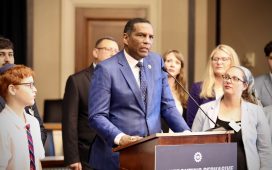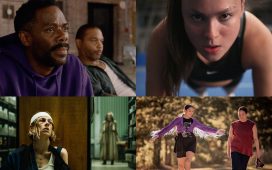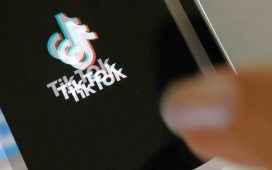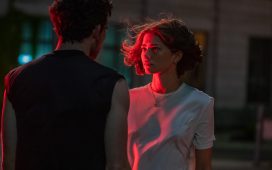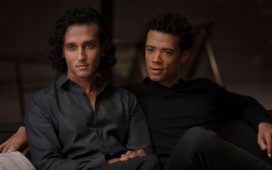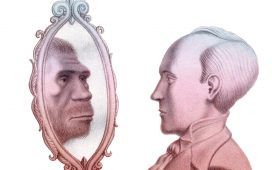I would look up “transgender Filipino writer” when I was younger and nothing came up; if anything did, it was super transmisogynist or violent or talked about the U.S. military, but it wouldn’t discuss my experience. I think there are places into which I have always had to navigate, to carve out and make new, and the people I love to read and watch — Kate being one of them — know that we live in nuance.
Even before I was disabled, I couldn’t do a 9 to 5 job. I can’t work in the ways the world demands of productivity. The disabled life is very isolating, which compounds with my being trans and a person of color. But if, as a performer, I can carve out that space and make spaces accessible and create a formula for other disabled queer trans nonbinary people and people of color to thrive — for me, I feel like that’s why I do the work I do.
Indya Moore said at the Layleen Polanco protest that we can’t rely on the empathy and understanding of cis hetero people for basic human rights, and I believe that. I believe in allyship, but I also believe that we are what feeds each other.
You’ve had to create spaces for yourself where they didn’t exist, and that can often be exhausting. The prison abolitionist organizer and educator Mariame Kaba often says that hope is a discipline. I was wondering if you could talk about how you cultivate hope.
KUB: My family survived martial law, the Reagan regime, and both Bush administrations, and it’s been constant, always, the despair. I haven’t had a choice to opt out of the despair. I can self-love all day, but I don’t think there’s a way I can self-care out of this empire. I’m for collective care. If we’re talking about interdependence and disability justice for trans folks, we have to look at Sylvia Rivera, Marsha P. Johnson. That’s what S.T.A.R. was. It was an interdependence that was there when people were houseless or in the hospital.
KB: It seems that we have disability in common, Kay. I’m mostly on a cane these days. I’m 71 years old and say “I’m old,” and people say, “That’s not old.” Yes, it is! On top of that, I have come through five different kinds of cancer and all the different treatments. Unless it’s for a gig, I’m pretty much in my house. Learning to navigate my mind in solitude seems to be a really good practice and rehearsal for dying and death, which is approaching really fast in my case.
And I’ve been curious as fuck about death all my life. I want to be as conscious as I possibly can when that step over the edge happens. I’m learning how to embrace the lonely times, the heartsick times, the despair. So many of us get to a point where we wonder if life is really worth living, and I wrote a book that addresses that about 10 years ago. It’s called Hello, Cruel World, and it has all my strategies for staying alive, how to make life a little bit better and, ultimately, worthwhile.
That question — “Is life worth living?” — often forces another, “Is art worth making?”, to take a backseat. At that Layleen Polanco rally, I was thinking about how important it is to do the concrete things that keep people alive and safe and out of jail. How do you balance the work of material support and the work of spiritual support and creation?


